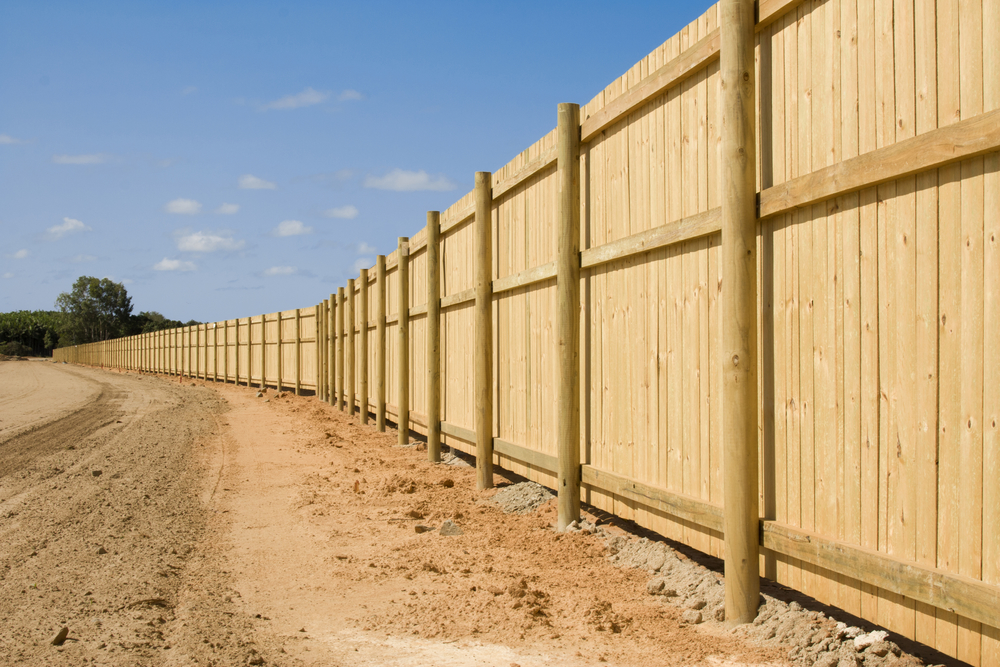
Fence installation can be tricky to negotiate for the do-it-yourselfer. Many homeowners attempt to save some money by installing their own fencing, but instead fall victim to some common installation pitfalls. Any one of these mistakes can derail your potential savings and put your property’s security at risk. Read on for some pro tips for a successful fence installation.
Ensure Sufficient Post Depth
One of the most common fence installation mistakes is not setting the posts deeply enough into the ground. If you are in a rush and try to save time by not digging deeply enough, your fence may not be level. In addition, it may not last as long or stand up well to wind and other harsh weather conditions. Typically, posts need to be planted at least 2 feet deep, and in some cases, they need to be as deep as 4 feet. The depth depends on the kind of materials you are using, the span between posts and the desired height of your fence.
Choose the Location Carefully
Experts recommend that, when installing a fence, you leave a buffer zone of about 1-2 feet from neighboring structures or obstacles, so that the fence can be accessed from the outside of your property. Most people forget to do this or reject the idea in order to create more space inside the yard. Even if no obstacles are present, it’s better not to install the fence exactly on your property line, but just inside it instead. If you have entered into an agreement with a neighbor to share the cost and care of the fence, however, it is usually preferable to install directly on the property line.
Provide Adequate Spacing
If you are installing a wooden fence, take care not to attach the boards too closely to each other, to allow for swelling and expansion. When the weather is wet or overly humid in your area, the boards will expand. If they are installed too closely together, this may cause the boards to warp. Leave at least half an inch between each board for best results.
Planning Your Project
Amateur fence installers often forget the most critical part of putting in a new fence — the planning stage. If you don’t take the time to plan properly, you may end up spending more money to fix mistakes than you save on installation. Plan to space the vertical posts at least 6-8 feet apart, although the exact distance will depend on the type of materials you have chosen. Don’t forget to use sealer for the bottoms of the fence posts, if you’re installing wood, or they will quickly begin to rot.
Maintenance
Once your fence is installed, you must maintain it properly if you want it to last. Water damage, mold and rust are the most common problems that result from improper maintenance. Regular cleaning is one of the best maintenance steps you can take. Periodically, your fence should be sanded and repainted, too, if it’s wood. Keep a lookout for deterioration of boards and posts, and replace them as needed.
Installing a new fence is not as easy as it may appear, and many homeowners in the Salt Lake City area have made these common fence installation mistakes. Instead of wasting your time and money on a DIY project, consider letting a professional handle it for you. You’ll be left with a perfect installation that’s guaranteed to last, and the time you save is better spent with your family or on a quiet afternoon relaxating. In Utah, Wyoming or Idaho, contact Outback Fencing for sales and fence installation services.

